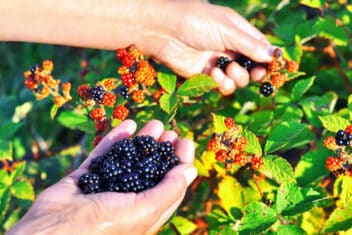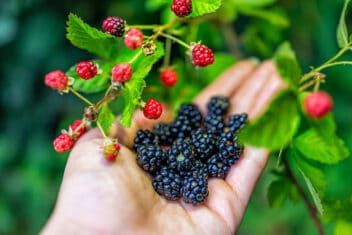Are you familiar with citizen science research? If not, you might really enjoy it, especially if you have a soft spot for all things scientifically awesome. Read on to discover what it is, and how you can get involved too.
In the simplest terms, you can think of it as crowd-sourced science. It normally serves the greater good, and volunteers can take part in a wide range of different aspects.
What is Citizen Science Research, Exactly?
The name might be fairly self-explanatory, but let’s delve into it a little.
Basically, it’s the opportunity for members of the public to take part in scientific research that can help improve the natural world. Most of the time it’s voluntary, though on rare occasions there might be a small stipend involved. Citizens who are science-savvy can help to collect data, take part in various experiments, help to solve problems, and take part in analyzing results.
Generally, the project’s directors provide tools for the citizens to use for their research. These can range from printouts that can be filled out and returned, to web forms or even testing kits. Citizens sort this stuff out and supply their results, and all of those results influence the project’s evolution.
What Kind of Topics are Involved in This Kind of Research?
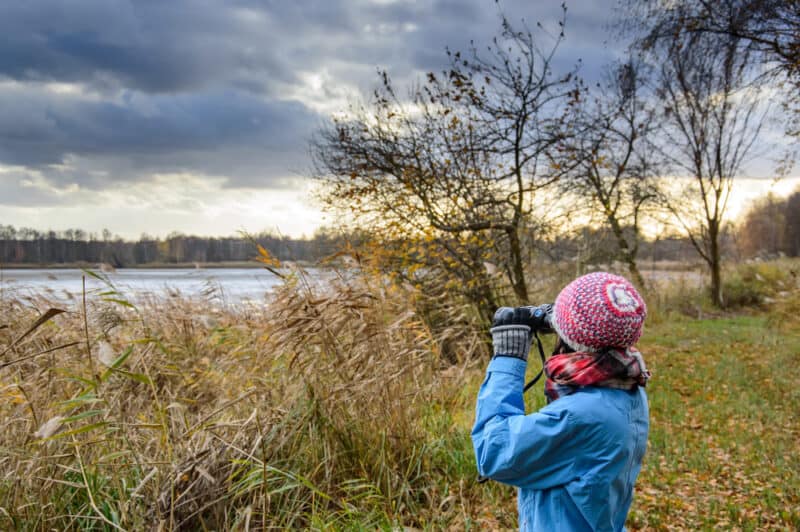
Oh good gravy, SO MANY.
Citizen science researchers can choose from dozens (hundreds?) of different projects to participate in. These can include (but are not limited to):
- Astronomy: observing stars, meteors, etc.
- Herpetology: counting and monitoring amphibians and reptiles
- Observing plant and tree budding and maturation in your neighborhood
- Tracking migratory birds by season
- Keeping notes on local animal species that visit your property
- Monitoring monarch butterfly migration
- Photographing invasive plant species when out in the woods to track their progress
…and so many more! Wherever your scientific interests lie, you’re certain to find a project that’s ideal for you.
How Can I Get Involved?

Well, that depends entirely on what kinds of things you’d like to do. You might want to do a web search for “current citizen science research projects” and hunt around until you find something that piques your interest.
For example, are you keen on astronomy? Or are you more of a bird watcher? Do you like hands-on research like with soil testing kits? Or would you prefer data entry?
You can take part in various programs depending on how involved you want to be, as well as the techniques you’re comfortable using. For example, people who enjoy being active outdoors can download apps to photograph and track information. In contrast, people who are more comfortable working from home can take part in online transcriptions, or bird-watching apps.
Everyone can take part and contribute to programs that best suit their interests and individual capabilities.
Apps and Programs
There are online programs and apps to suit every interest. The ones listed below are some of the most prominent, but there are many others to choose from.
1. iNaturalist App by the Appalachian Mountain Club
Are you an avid hiker? Live anywhere near the Appalachian mountains, then get yourself this app and start snapping photos ASAP. Take photos of woodland plants, trees, insects, mammals, birds, reptiles, amphibians… whatever captures your attention. Then submit the images to scientists to help them keep an eye on the region’s health.
The data you submit can help to catch invasive species before they become problems. The same goes for plant blights, illnesses in animals or migratory birds, and more.
2. GLOBE Observer by Nasa

This app encourages people to observe details about the world around them and submit them. This could range from mapping cloud cover to noting mosquito presence in their area. By submitting their observations, citizens help scientists to better understand weather patterns, insect population growth/movement, and more.
3. Global Garlic Mustard Field Survey
I bet you didn’t know this invasive plant was under such intense scrutiny! It’s a member of the Brassicaceae family that was introduced to North America bu European settlers. It has since naturalized itself almost worldwide, as it self sows enthusiastically and can adapt to just about any soil. Want to map its insidious-yet-delicious progress? Take part here!
4. BudBurst
The Chicago Botanical Garden created this app and tracking program to monitor how climate change is affecting plants’ reproductive cycles. You can snap photos of trees, shrubs, flowers, and herbs as they’re coming into bud and blooming. Then submit that data so scientists can track when these plants reach reproductive maturity every year.
5. Season Watch
This program is very similar to the one above, but it’s based in India rather than North America.
6. Transcription for the Smithsonian Institute
Are you a quick typist? Do you thrive on scouring information and transforming that into data entry? Then you might be interested in the Smithsonian’s volunteer transcription opportunities. There are countless ledgers, field notes, manuscripts, diaries, logbooks, and audio recordings on every scientific topic you can imagine, just waiting to be transcribed.
To take part, you can live anywhere in the world—you just need to be over the age of 14. You can even transcribe anonymously if you like.
7. Butterfly Count
Do you love these delicate little insects? Then consider taking part in the North American Butterfly Association’s annual butterfly count. Just locate your area on the NABA website’s map, and sign up to create an account. You’ll monitor the various species you observe from spring through to autumn and submit that data at the end of the season.
8. Project FeederWatch
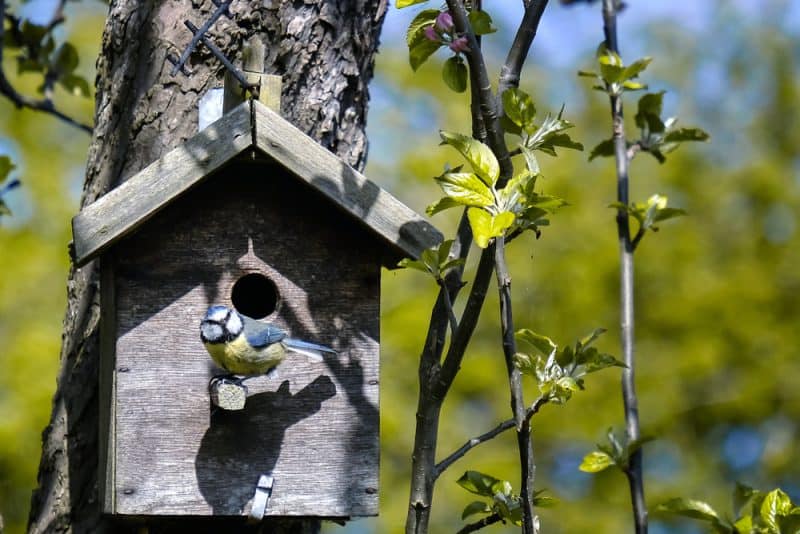
If you’re a bird lover, then this project is definitely for you. It’s based at Cornell University and maps avian migrations. From November through to April, you just keep an eye out for the various bird species that frequent your area. These could range from migratory songbirds to raptors, waterfowl, and more!
To take part, you need to register on the project website and make a donation of at least $25.
By mapping this data across North America, scientists can monitor the health of various species. The data submitted by citizen researchers can help to determine whether a species is at risk, or flourishing, and why. Then they can determine what actions to take to help the species thrive, if necessary.
Alternatively, there are other bird-related projects you can take part in:
9. Christmas Bird Count
The Christmas Bird Count is put on by the Audubon Society and maps how many species show up at feeders over the holiday season. You can sign up to take part in a location census near you: most spots are in North America, but there are a few international spots as well. This is one of the easiest citizen science research projects out there, and a great testing ground to see if you enjoy the process.
10. Seabird Watch
Take part in monitoring seabird populations near you by tagging photos and videos submitted to the project’s website. Since these birds are migratory and spend so much time over the water, it can be difficult to monitor various species’ health. By helping out, you can assist with determining breeding success, chick survival or mortality, predation, and overall colony success.
11. Globe at Night
Light pollution is a serious problem in many parts of the world. You can help NASA figure out where light pollution exists and how it is impacting people by submitting your observations. You can use your smartphone or a computer.
Beyond helping scientists, you get to check out the constellations in order to make your observations. The visibility of a constellation is a good indicator of the amount of light you have in your area.
12. Frogwatch USA
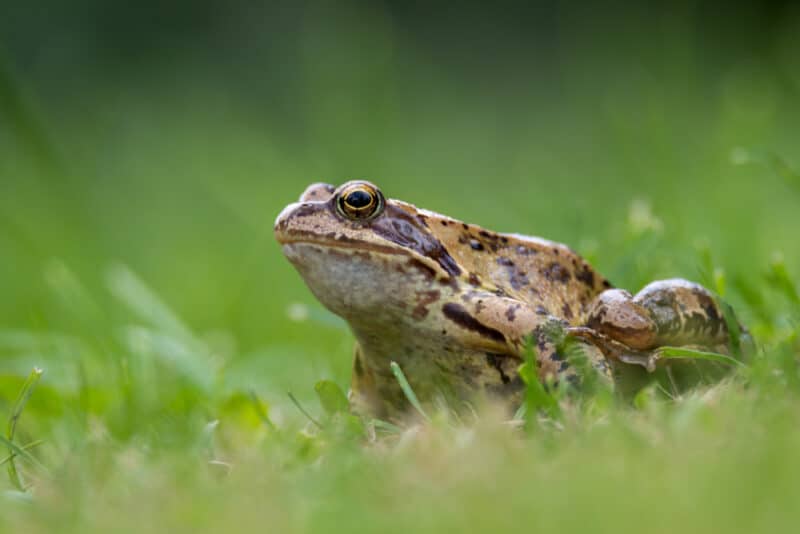
If you love listening to the sounds of amphibians calling to each other, this project is for you. You get to listen for and report the calls of frogs and toads in your area and send them into Frogwatch. Then, the Association of Zoos and Aquariums uses this data to track amphibian activity and the health of the wetlands in your area.
13. Community Collaborative Rain, Hail, and Snow Network
Okay, this one is a mouthful (just call it CoCoRaHS), but if animals aren’t your thing, you might enjoy observing and reporting on the weather. You need a rain gauge, and then you can report precipitation, which helps with predicting weather patterns, climate change, and forecasting.
So Many Ways to Do Your Part!
These apps and programs are just some of the many different citizen science research opportunities you can get involved with. For example, we didn’t list projects in non-English-speaking countries, but that doesn’t mean that projects aren’t available! We just don’t know what keywords to look for.
Check out some of the scientific organizations near you to see what opportunities may be available. Museums, research labs, and observatories often have local volunteer positions posted on their websites, or even on their bulletin boards. You can even reach out to them to see if any unlisted programs are looking for volunteers!
No matter what your interests are, there’s definitely a citizen research opportunity out there for you. Make your voice count, and you’ll undoubtedly be able to help do your part to make the world a better, healthier, richer place for all life here.







